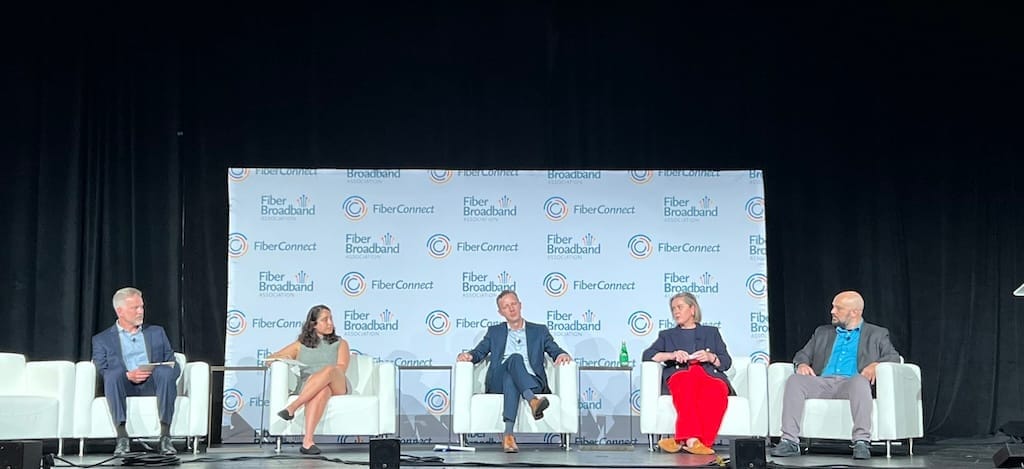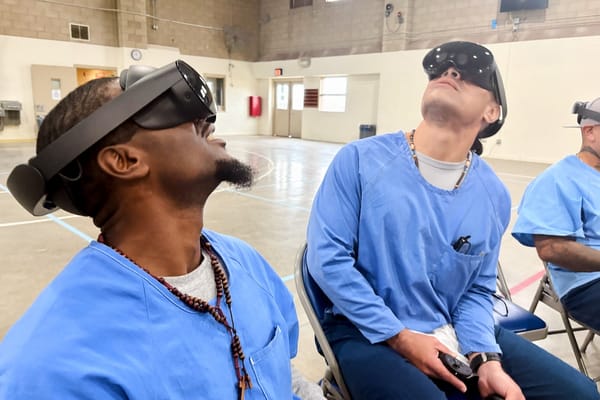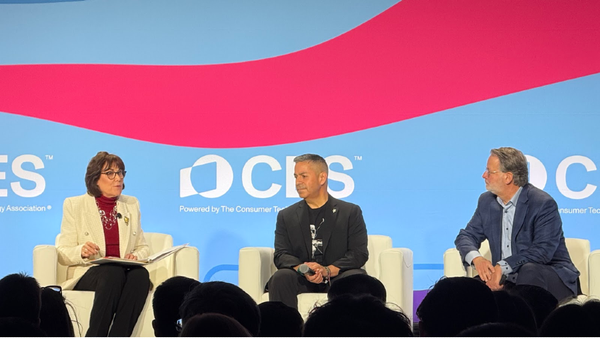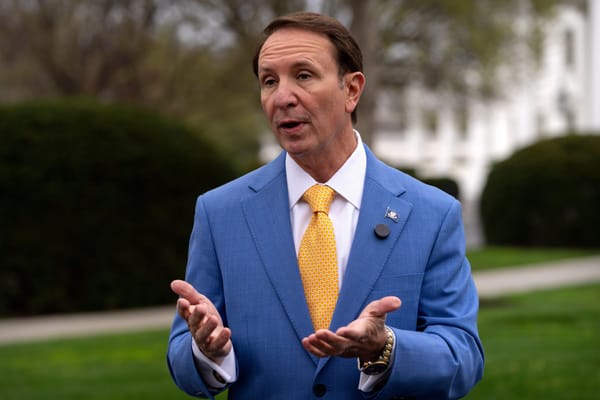Need a Broadband Deployment Permit? Here Are Some Tips
The NTIA is set to publish presentations on permit applications from twelve federal agencies.
Jake Neenan

NASHVILLE, July 31, 2024 – It’s no secret that the Commerce Department’s $42.5 billion broadband expansion program is going to cause a deluge of applications for easements, rights of way, environmental permits, and more. Experts at the Fiber Connect conference had two pieces of advice for ISPs to avoid getting held up: Get in early and get specific.
At the local level, many permitting offices are constrained as it is, said Kathryn de Wit, director of Pew Charitable Trust’s broadband access initiative.
“What we are seeing very consistently is that the biggest challenge in permitting at the local level is capacity at this point. There’s also the reliance on analog systems,” she said. “You have a lot of entities that are local governments who are not necessarily well-resourced. They’re still relying on paper to process permits.”
Ariane Schaffer, Google Fiber’s government affairs manager, said the provider has had success with “test permits,” essentially dry runs of real future permit requests with local permitting offices.
“We go through the process and we see where the specific friction points are within that community. Did it get stopped with a person? Did it get stopped with an agency? Was there some miscommunication, or did it get dropped?” she said. “We do that so early in the process that then we can bring it back to the permitting agency or the process lead and say, ‘Here’s where we found some issues.’”
Zach Friend, a district supervisor for Santa Cruz County in California, said communicating early is essential to maintaining good relationships with local governments.
“The first time you interact with me shouldn’t be the time that you’re dropping a permit on something in my community. You should have a conversation with us in advance,” he said. “You can take a look at the ordinances, you could maybe even make some recommendations.”
At the federal level
For the NTIA’s part, the agency has for some time been working with its counterparts in the federal government to exempt BEAD projects from some environmental and historical reviews. The agency also has a free mapping tool that lets providers find information on land use and rights of way in prospective project areas.
Jill Springer, the NTIA’s chief permitting officer, said the agency just last week hosted a “federal interagency broadband permitting summit” in Phoenix with the Bureau of Land Management.
Twelve federal agencies, including the National Forest Service, BLM, and Bureau of Indian Affairs, presented their permit application processes. Springer said the sessions were recorded and will be posted with their corresponding slide decks on the NTIA website.
The NTIA has also been meeting with district permitting officials from those agencies to talk about “the surge of permit applications they have coming,” Springer said. “I think we are taking a whole lot of steps that are pretty unprecedented.”
She encouraged future BEAD participants to ask the agency if they’re not clear on why they’re being asked to do something as part of a permitting process.
“If you’re asked for a survey or something, it is completely fair to ask why,” she said.











Member discussion